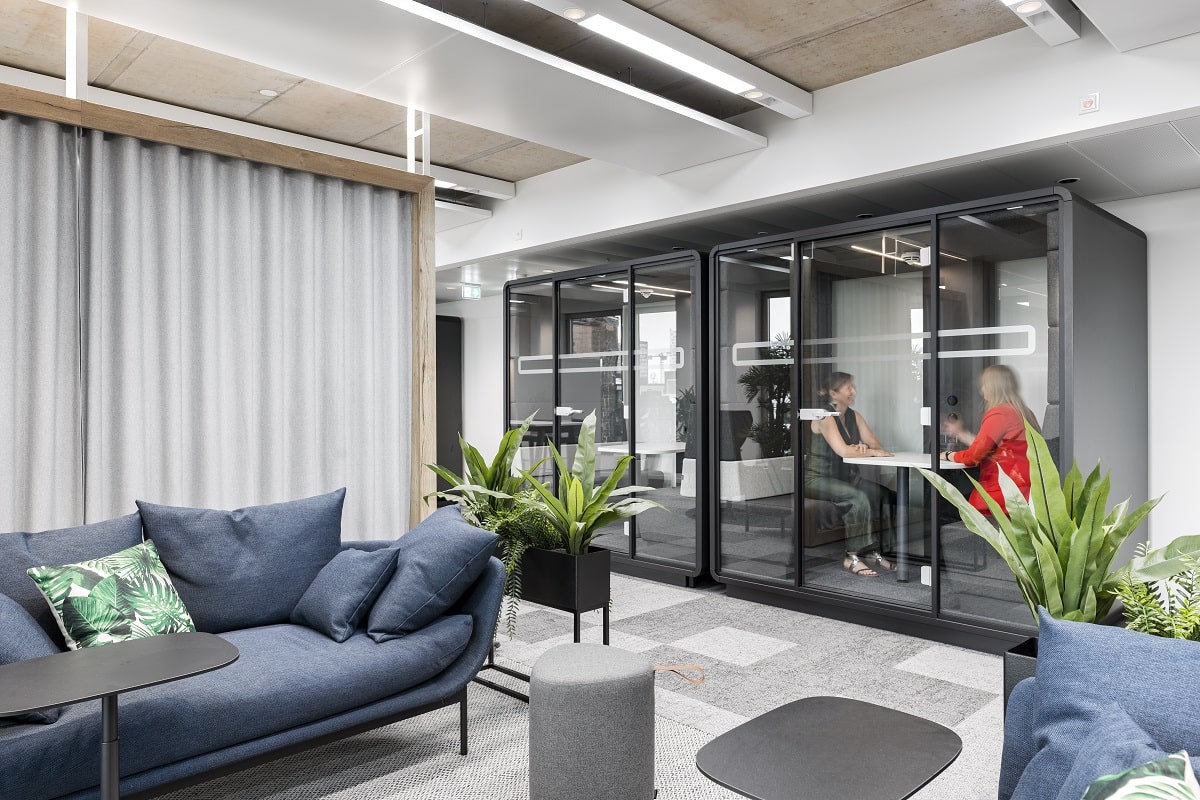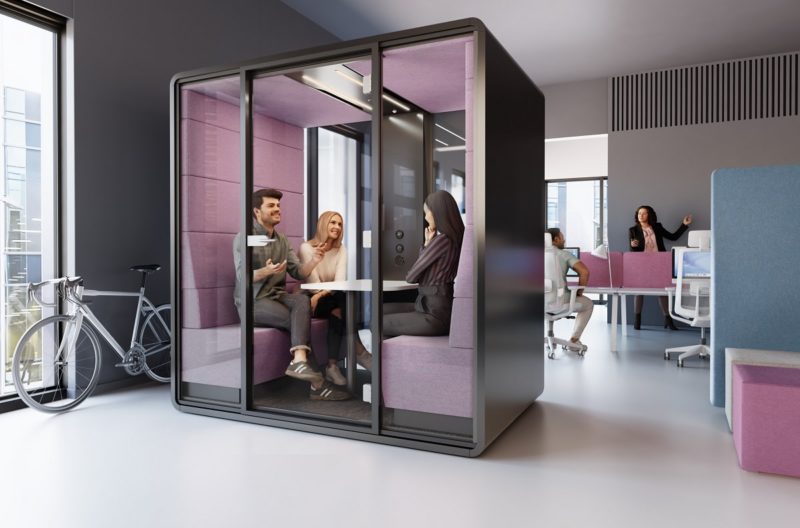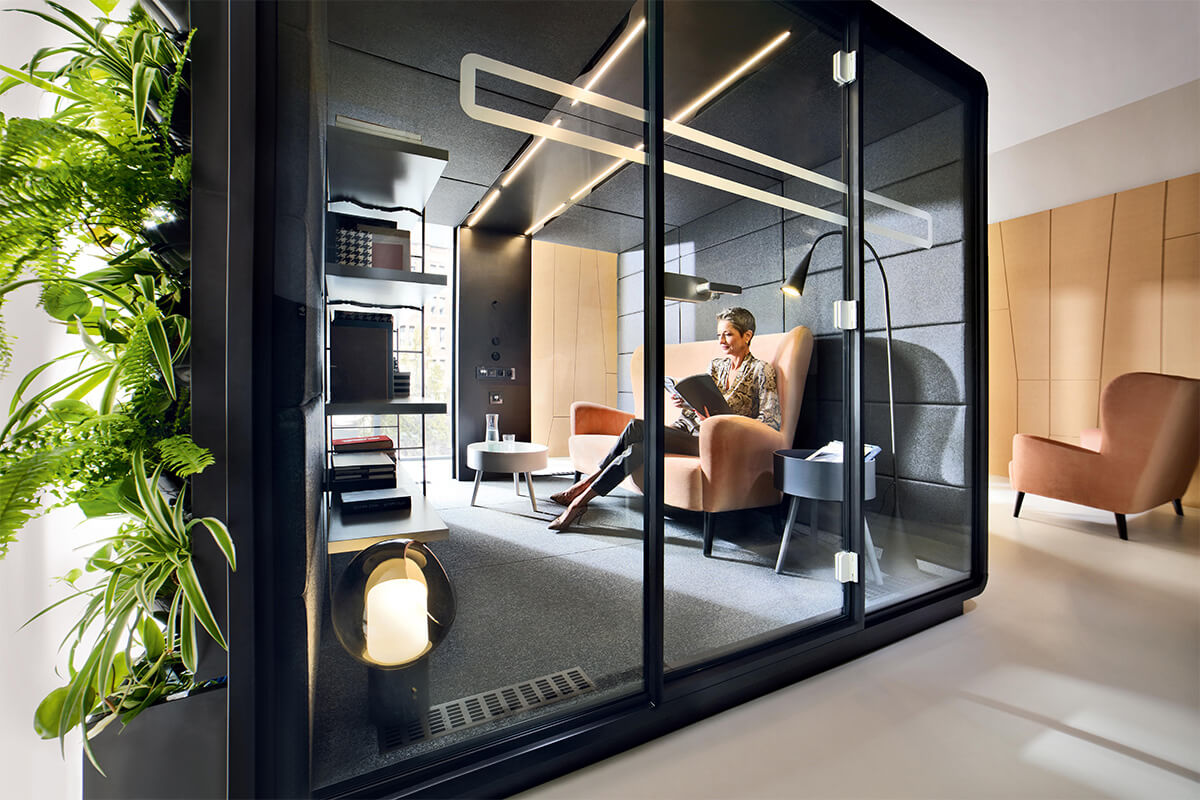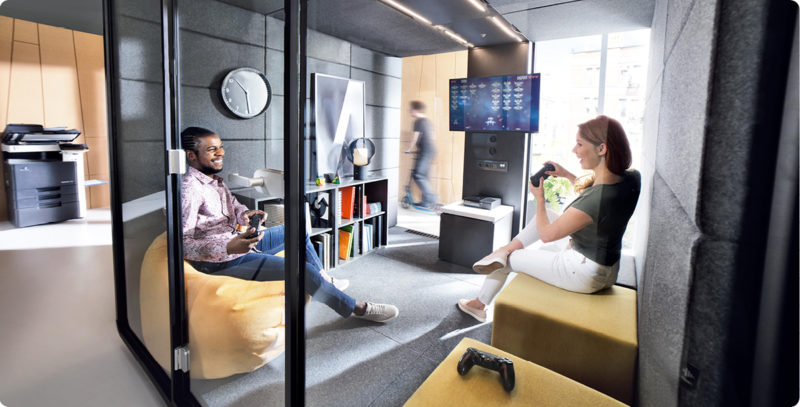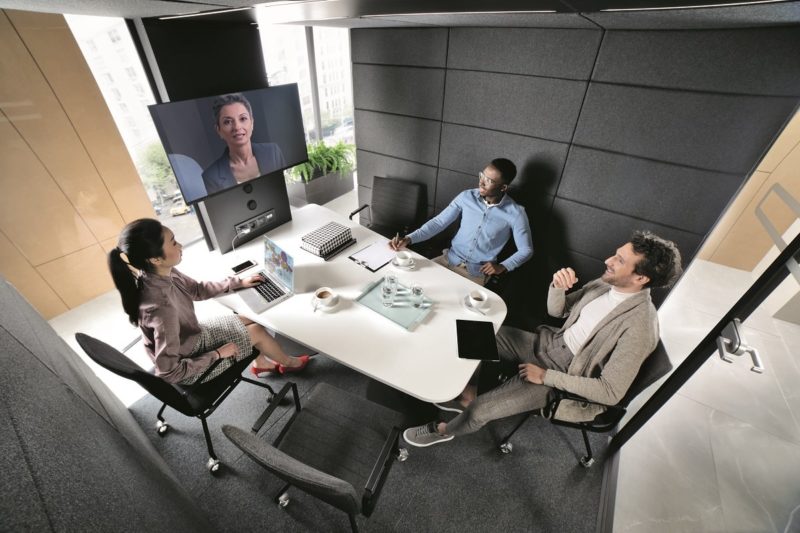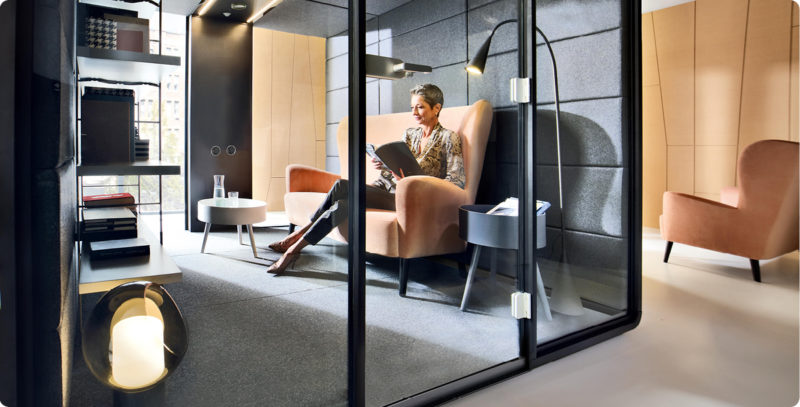A sound approach to your office’s acoustics
- Posted on: 2 June 2023
- By: Hushoffice Team
Noise distractions are the top complaint in many offices. And it can take 20 minutes to regain focus on a task once distracted. What’s more: today's employee experiences one distraction every half hour. And 42% of them even worry about slipping into “noise rage” if their colleagues are too loud.
Let’s take a closer look.
Office soundscape – tl;dr
An office space’s sound is its mood. It shapes employee comfort, attitude, and productive capacity. While a steady, relaxing soundscape promotes focus, a chaotic one hurts employee autonomy and can repeatedly break concentration.
Excessive office noise can put the employee’s nervous system on high alert, always anticipating the next disruption. This is why chronic noise exposure is linked to increased levels of stress.
Employee productivity can drop as much as 66% when hindered by nearby speaking. 71% of all workplace distractions are caused by noise. Other people’s voices are the most cited source of distraction in the office. 70% of employees say they would be more efficient if their workplace were quieter. 55% of employees in noisy work environments have job stress.
An acoustically impeccable office space feels just right. Its sound is soft and ambient, free of clatter, echo, and reverb. Employees have secluded spaces for deep work as well as communal, acoustically treated spaces for teamwork. Tranquility and productivity co-exist in this workplace.
Varying preferences and tasks make perfecting the office’s acoustics a challenging endeavor. A promising approach is to zone the floor, dividing it into separate areas, each with a unique acoustic quality. Hushoffice pods are an important piece of this puzzle, as they are private, quiet work and meeting spaces for employees to depend on.
Open offices can be choruses of unpredictable noise.
Rhythmic keyboard clicks flutter. Cell phone pings pierce. Conversations clash like discordant melody threads. The printer beeps in percussive accents. The HVAC system hums a bassline felt more than heard. And employees are merely audience members of this symphony of sounds.
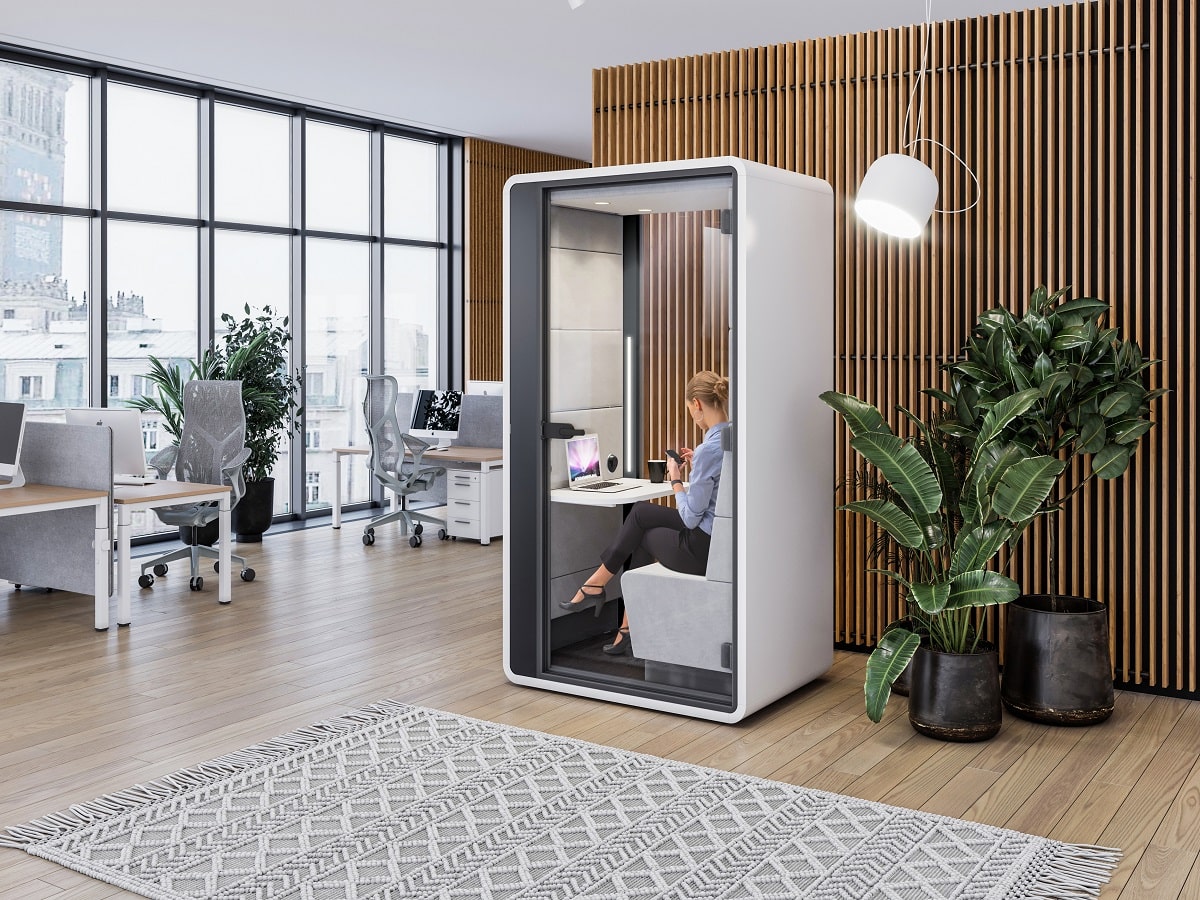
Sound really matters (and noise is no good).
The acoustic quality of an office is like the very air we breathe. It is a space’s mood. It defines occupant comfort and well-being. While a serene soundscape nurtures focus, a rowdy one shatters it. While acoustic bliss gives employees a sense of control, a chaotic one robs their autonomy.
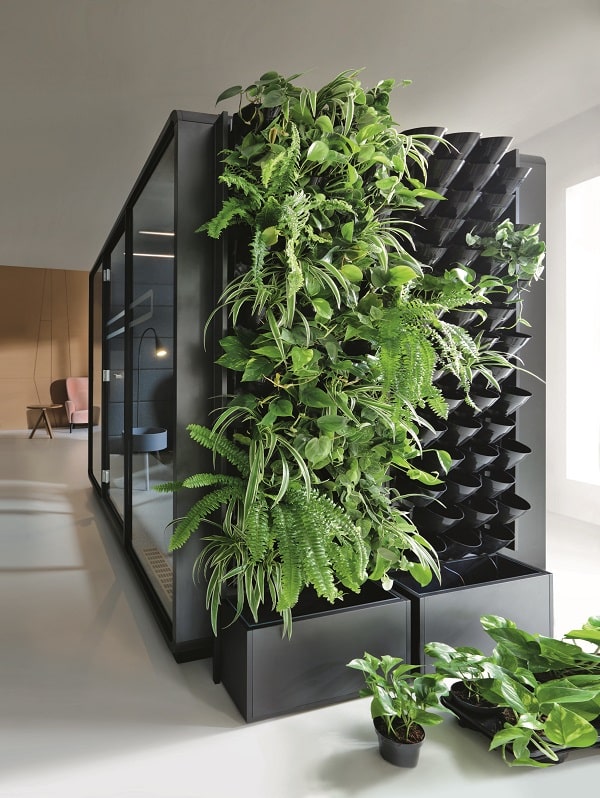
Sound has a profound psychological impact on us, affecting our attitude, attention span, and headspace. Pleasant soundscapes can uplift your spirits, promote relaxation, and aid immersion in your work. Harsh soundscapes can be downright stressful, upsetting your emotional equilibrium and derailing performance. The bottom line is in a hybrid, highly competitive world, the office must be perfectly tuned for focus and teamwork. Employees need to be able to deep dive into tasks or complicated discussions for unbroken lengths of time easily
– says Mateusz Barczyk, Senior Brand Manager, Hushoffice.
Office noise can have a cascading effect on the employee’s inner balance.
Noise is uniquely annoying when it repeatedly sidetracks you. It can put the nervous system on high alert. Anyone who lives in constant anticipation of the next disturbance is likely to develop some anxiety. Hence, chronic noise exposure has been linked to increased levels of stress time and again.
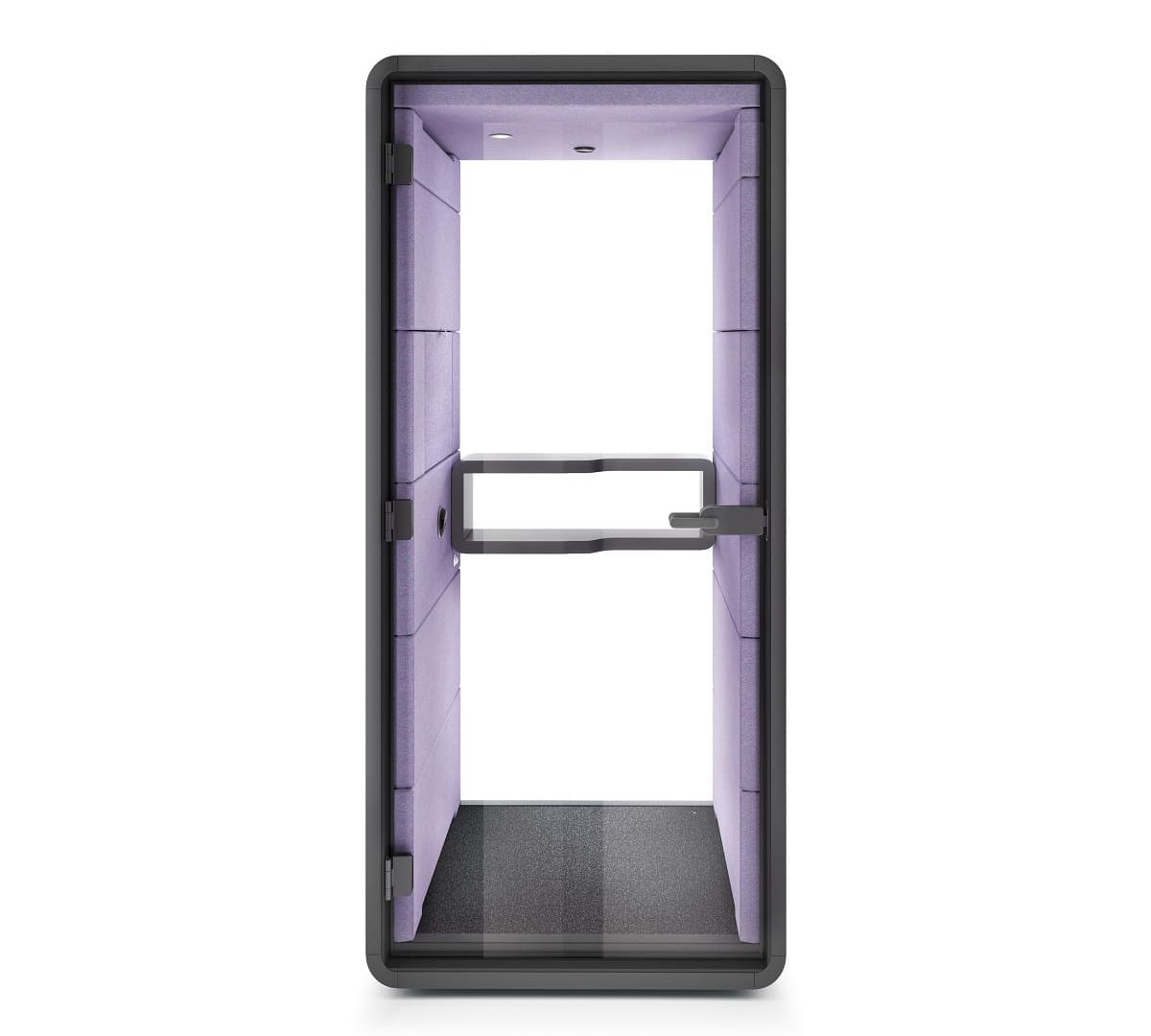
- Employee productivity can drop as much as 66% when upset by nearby speaking
- 71% of all workplace distractions are caused by noise
- Other people’s voice is the most cited source of distraction in the office
- 70% of employees say they would be more efficient if their workplace were quieter
- 55% of employees in noisy work environments have job stress
The academic research consistently supports the notion that noisy workplaces have detrimental effects on workers. The extent of this impact varies based on the types of sounds present and individual traits like introversion and neuroticism. Nevertheless, the scientific consensus remains unchanged — office noise interferes with the employee’s healthiness and, ultimately, their execution on the job
– says Mateusz Barczyk, Senior Brand Manager, Hushoffice.
Our minds have limited processing capacity.
This is why the presence of multiple sounds in the office is so demanding. When a volume of inputs compete for one’s bandwidth, exhaustion and burnout result. Cognition declines, leading to errors and frustration as our brains struggle to filter through the array of information.
Read more: Noise: the silent productivity killer in the workplace
Sound influences the way we behave, too.
Fast-paced music is often played in fast-food chains to create urgency. This encourages customers to eat quickly and move along, thus boosting turnover. Soothing music is often played in stores to create a laid-back atmosphere. This entices customers to linger, boosting sales.
In all contexts, sound is powerful. Its power can be harnessed for productivity in the office
– adds Mateusz Barczyk, Senior Brand Manager, Hushoffice.
Intermittent speech is one of the most harmful sources of office noise.
The sporadic nature of speech, whether from nearby conversations or random halfologues, makes it terrific at pulling employees away from their focal points. Because unlike muddled noise, intermittent speech commands attention since our brain always seeks to comprehend spoken words.
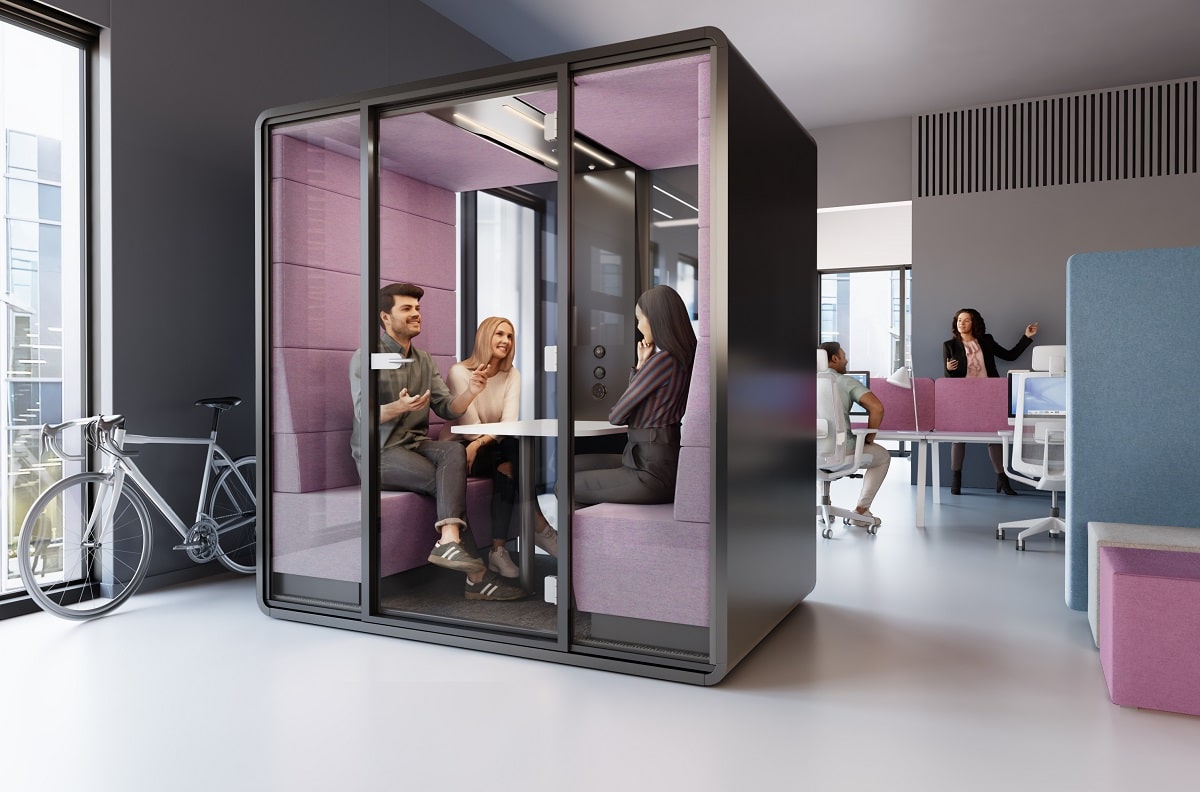
An acoustically sound office feels just right.
Its sound is soft and ambient, skillfully blended to mask noise. Wall and freestanding panels absorb echo and reverb. Soundproof workstations sit ready. Colleagues connect within pods like hushMeet. Private video call booths ensure crystal-clear speech on hybrid calls. Tranquility and productivity co-exist.
A sonically sound office space is a testament to the understanding that sound, when carefully controlled and optimized, can be transformed from a hindrance to a catalyst for creativity and collaboration
– lends Mateusz Barczyk, Senior Brand Manager, Hushoffice.
Office acoustics requires careful zoning with the right acoustic solutions.
Diverse preferences and task requirements make mastering the office’s sound a tricky endeavor. Some like a peaceful hush, while others like a bustling buzz. Team activities often benefit from livelier acoustics that encourage interaction. Concentrative tasks often need library quiet.
All this to say, a promising approach is to zone the floor, dividing it into distinct areas, each with a unique acoustic quality.
Acoustic pods like Hushoffice are a piece of the “office acoustics” puzzle.
Pods provide a haven of quiet and privacy within the animated office. They are an isolated space where employees can retreat, escaping the hubbub and accessing solitude. They act as barriers, blocking out all activity, allowing for heightened concentration.
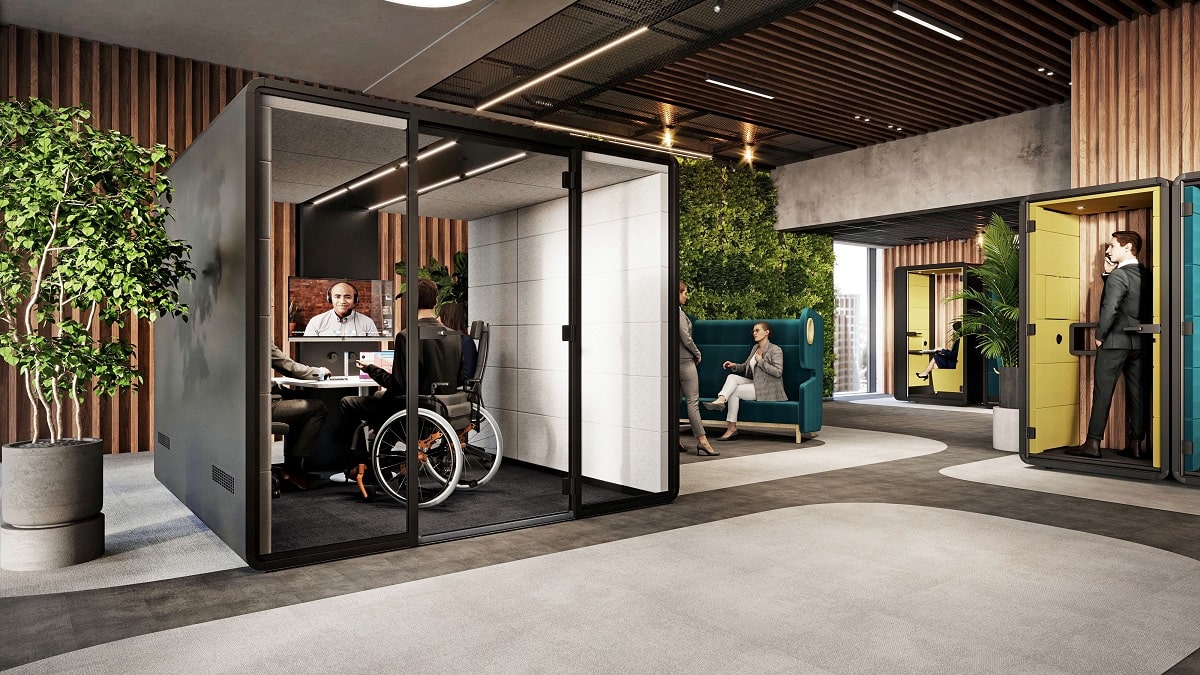
Want to know what office pods sound like? Check it out: What is the acoustic experience of an office work pod?
Consider the following popular pods from the Hushoffice line…
HushHybrid — a 1-person booth for seamless video calls.
Efficient ventilation, optional video LED light strips, and integrated furniture make hushHybrid a fantastic acoustic video booth.
HushPhone — a phone call pod for quality calls.
Professional acoustic engineering, a leaning armrest, and a fold-away laptop table make hushPhone the best spot in the office for calls.
HushMeet — a fully furnished 4-person team meeting booth.
A cozy sofa, robust power modules, and motion-activated lighting make hushMeet a convenient meeting place.
So how does your office sound? Have you considered zoning by soundscape and implementing pods? Contact our team if you have any questions about the Hushoffice collection.
Office acoustics – key takeways
An office space’s sound is its mood. It shapes employee comfort, attitude, and productive capacity. While a steady, relaxing soundscape promotes focus, a chaotic one hurts employee autonomy and can repeatedly break concentration.
Excessive office noise can put the employee’s nervous system on high alert, always anticipating the next disruption. This is why chronic noise exposure is linked to increased levels of stress.
Employee productivity can drop as much as 66% when hindered by nearby speaking. 71% of all workplace distractions are caused by noise. Other people’s voices are the most cited source of distraction in the office. 70% of employees say they would be more efficient if their workplace were quieter. 55% of employees in noisy work environments have job stress
An acoustically impeccable office space feels just right. Its sound is soft and ambient, free of clatter, echo, and reverb. Employees have secluded spaces for deep work as well as communal, acoustically treated spaces for teamwork. Tranquility and productivity co-exist in this workplace.
Varying preferences and tasks make perfecting the office’s acoustics a challenging endeavor. A promising approach is to zone the floor, dividing it into separate areas, each with a unique acoustic quality. Hushoffice pods are an important piece of this puzzle, as they are private, quiet work and meeting spaces for employees to depend on.
Office soundscape – frequently asked questions
How do I reduce the amount of distracting intelligible speech in the office?
One of the best ways to do this is by implementing office pods like Hushoffice. They vary in size and features, but every Hushoffice pod is carefully designed to trap all speech made inside. This means that there will be less distracting speech on the floor. It also means that pod users will enjoy speech privacy.
What absorbs sound in an office?
Acoustic panels, carpets and rugs, sound-insulating floor tiling, draperies and curtains, bookshelves and open shelving, ceiling tiles, soundproofing window films, partitions and dividers, and greenery will all help absorb sound in an office.
How do I make my office less echoey?
Start by introducing sound-absorbing materials such as acoustic panels, wall coverings, and fabric partitions throughout the space. These materials will help absorb sound waves, reducing reflections and minimizing echo. Consider also incorporating carpets or rugs with dense fibers to break up sound waves and prevent them from bouncing off hard floors. Strategic furniture placement can also play a significant role in minimizing echo. Position bookshelves, cabinets, or plants carefully to create barriers and scatter sound waves. Heavy curtains or draperies made of sound-absorbing fabrics can be hung over windows or glass partitions to further reduce sound reflections and dampen echo. By combining these measures, you can effectively create a more acoustically balanced and comfortable office environment with reduced echo.
